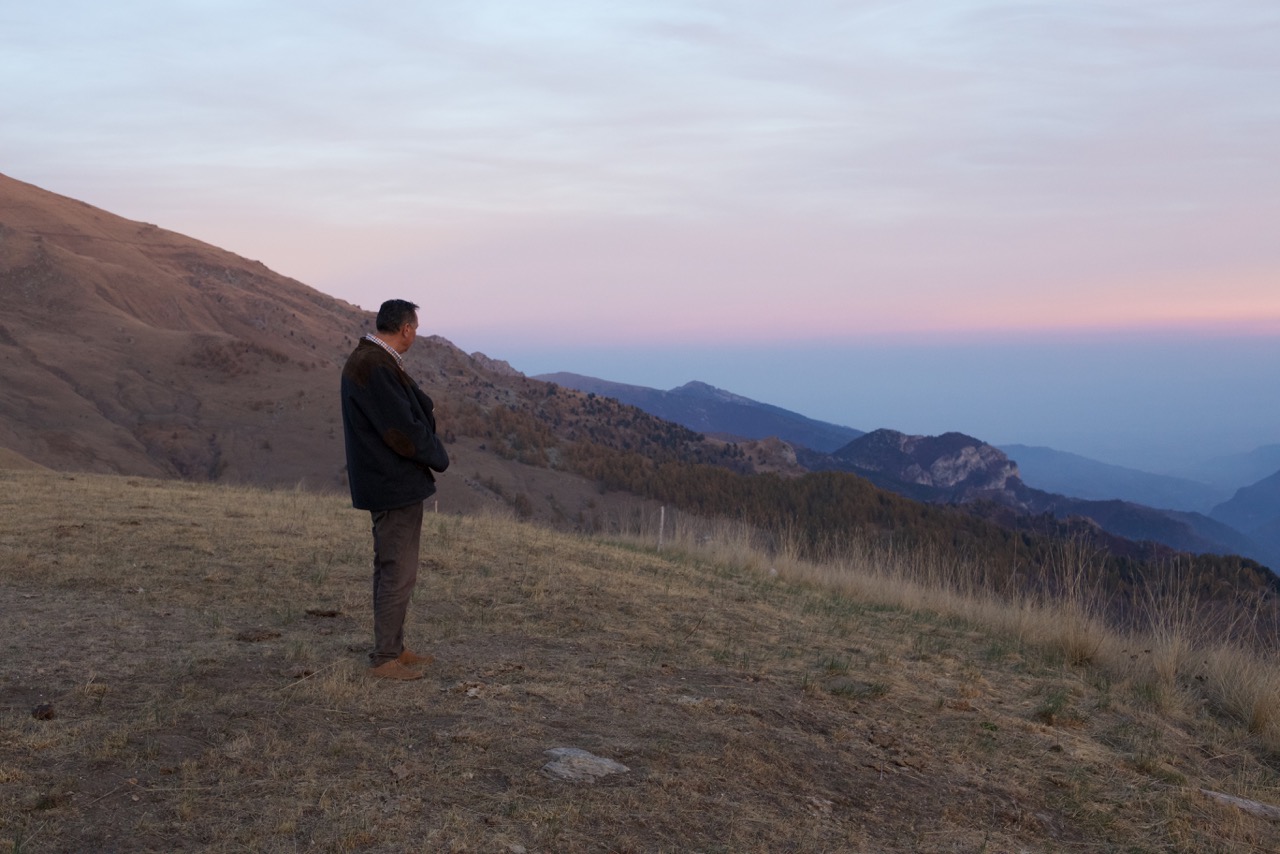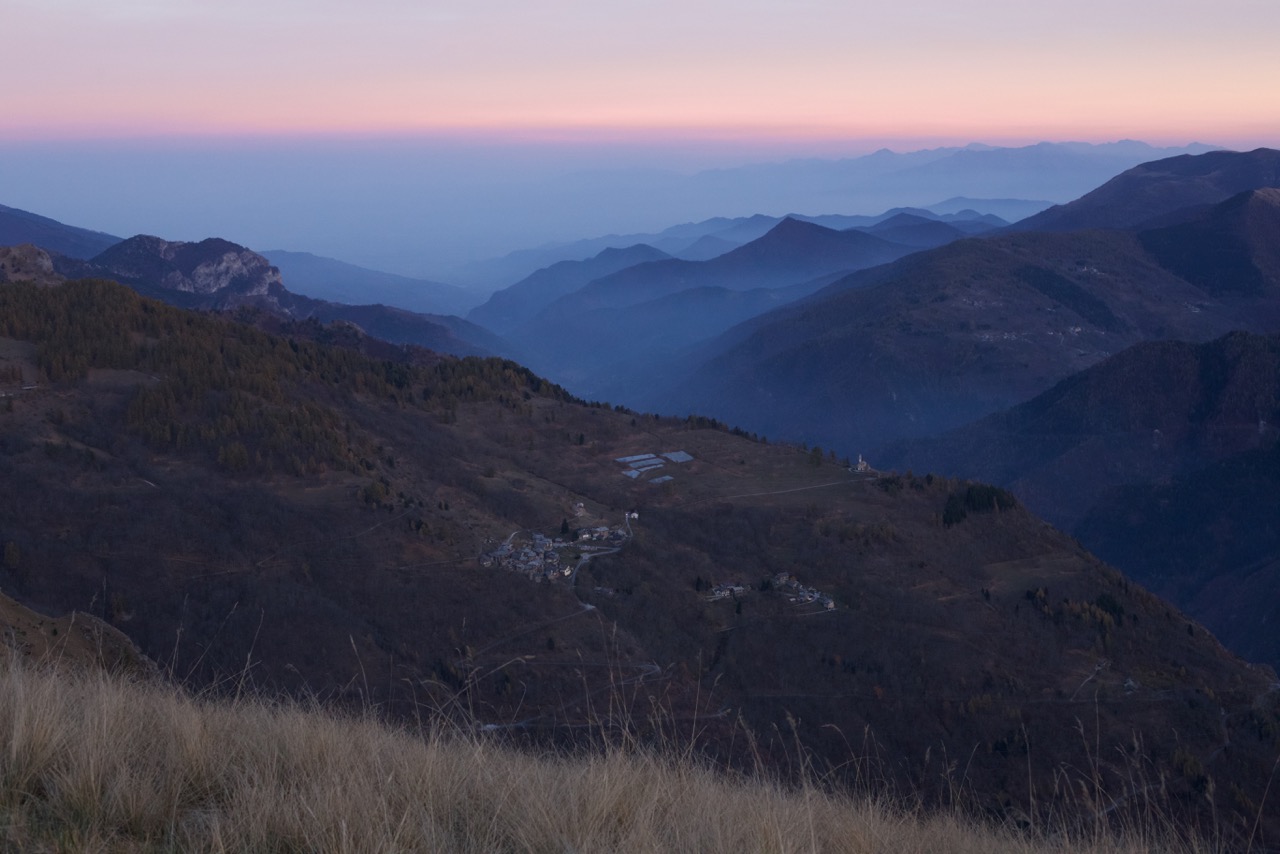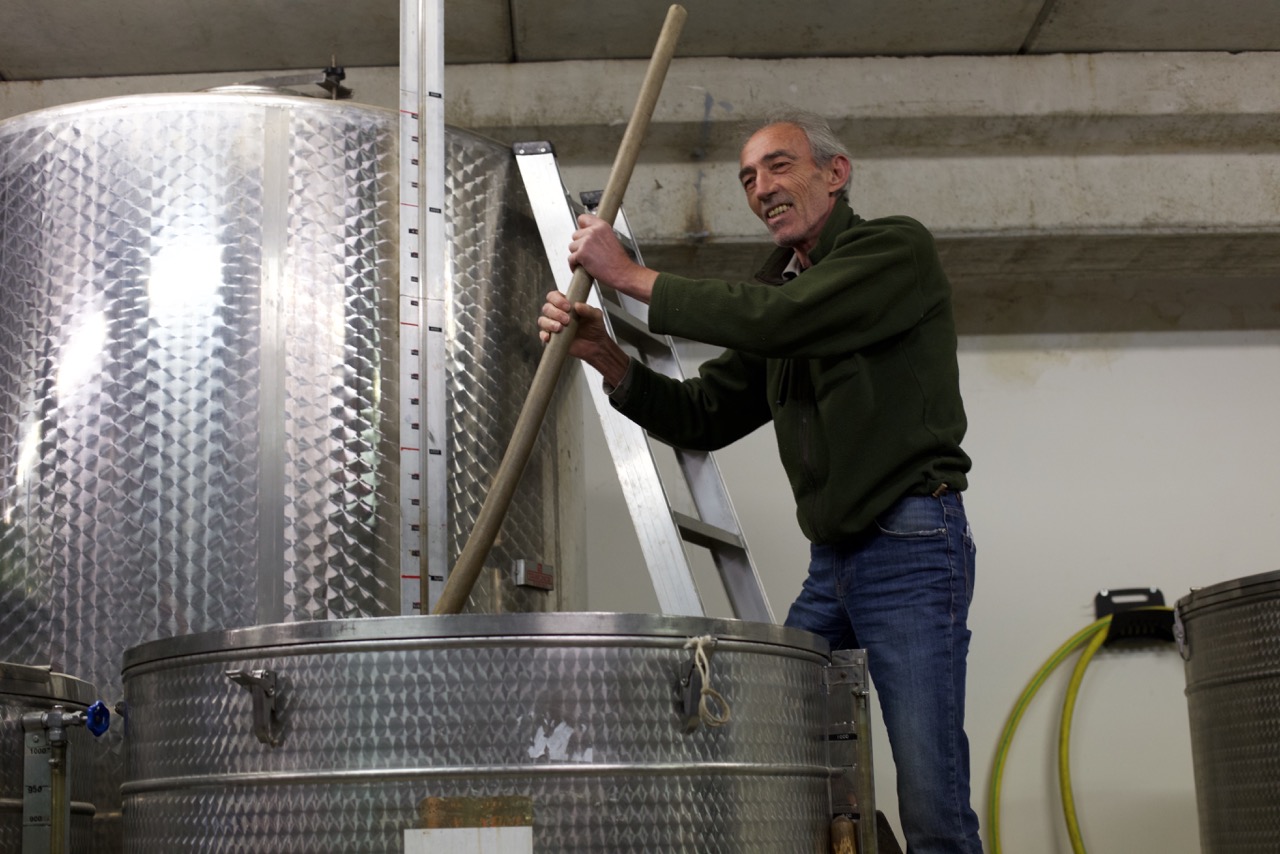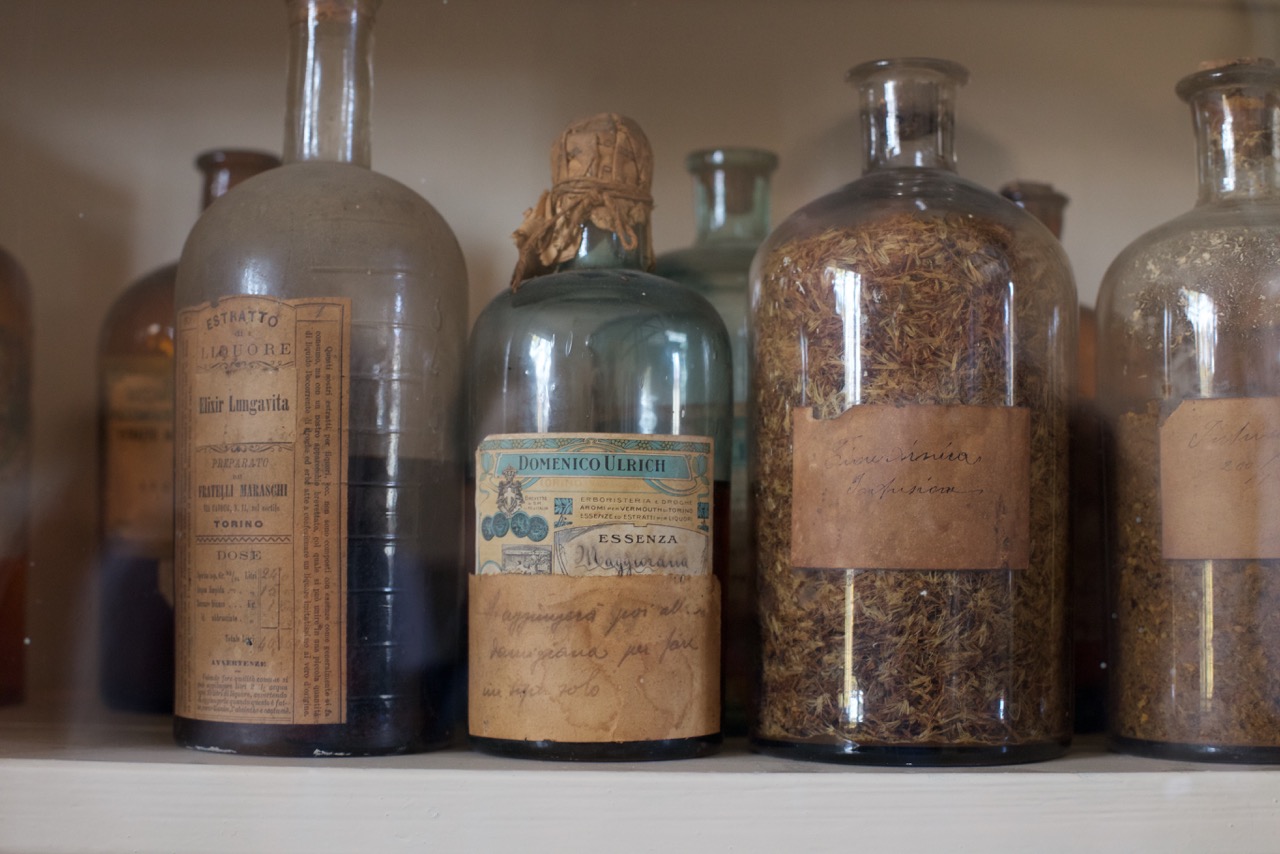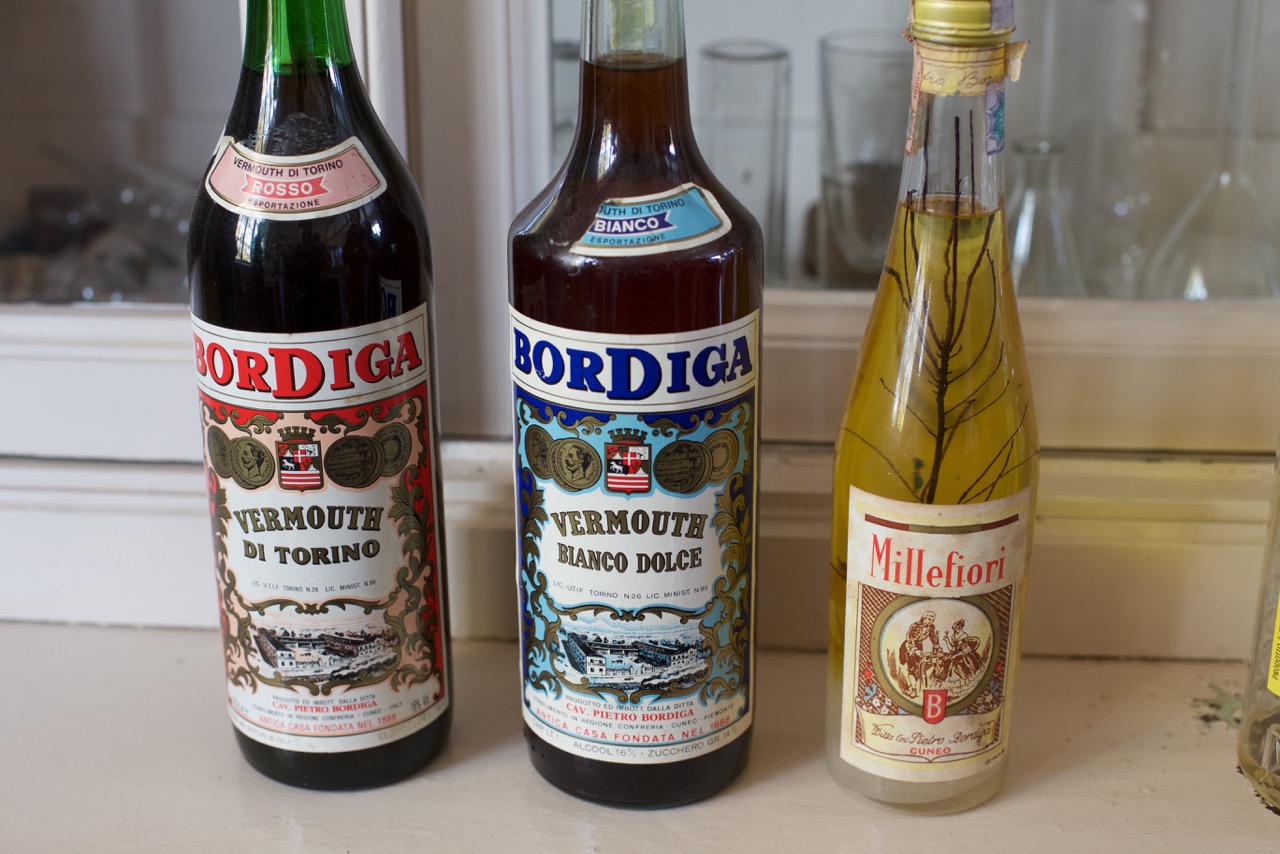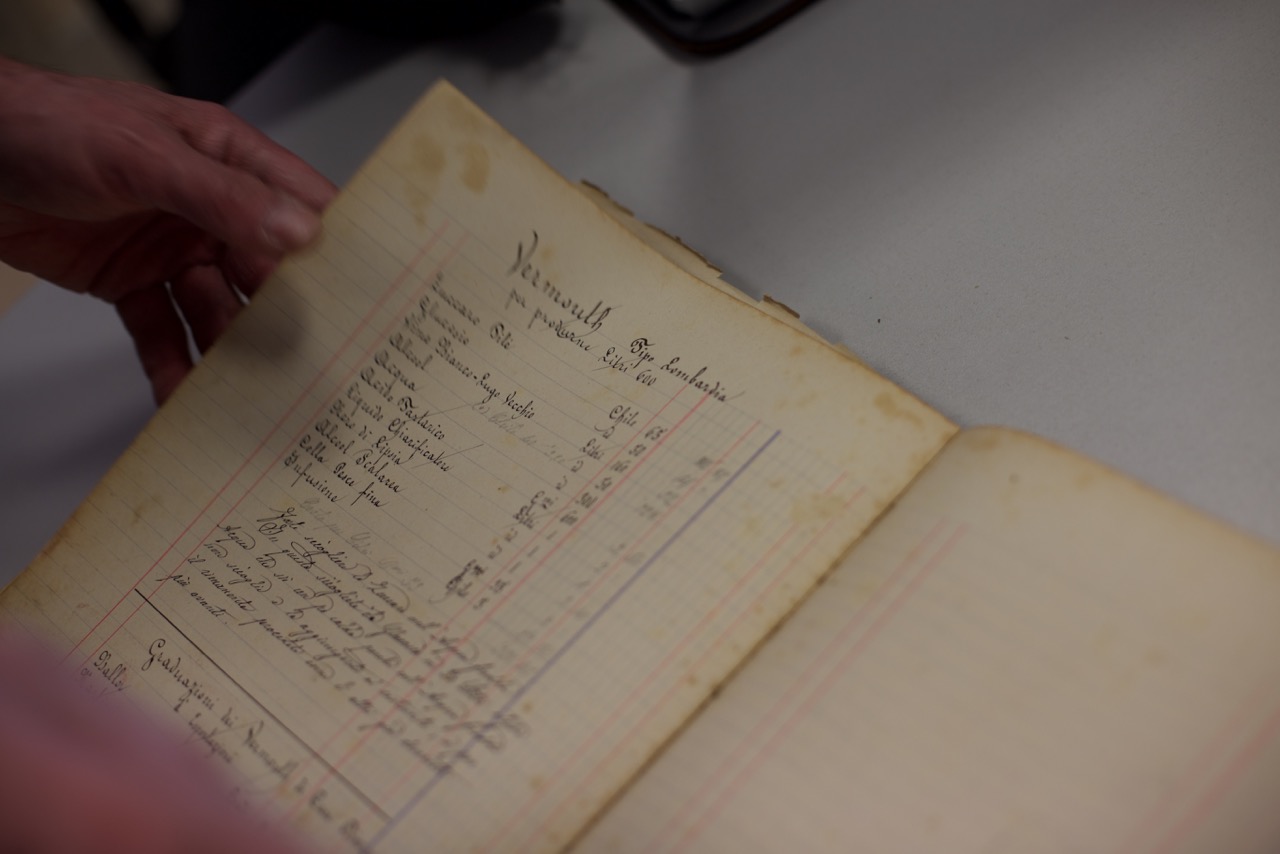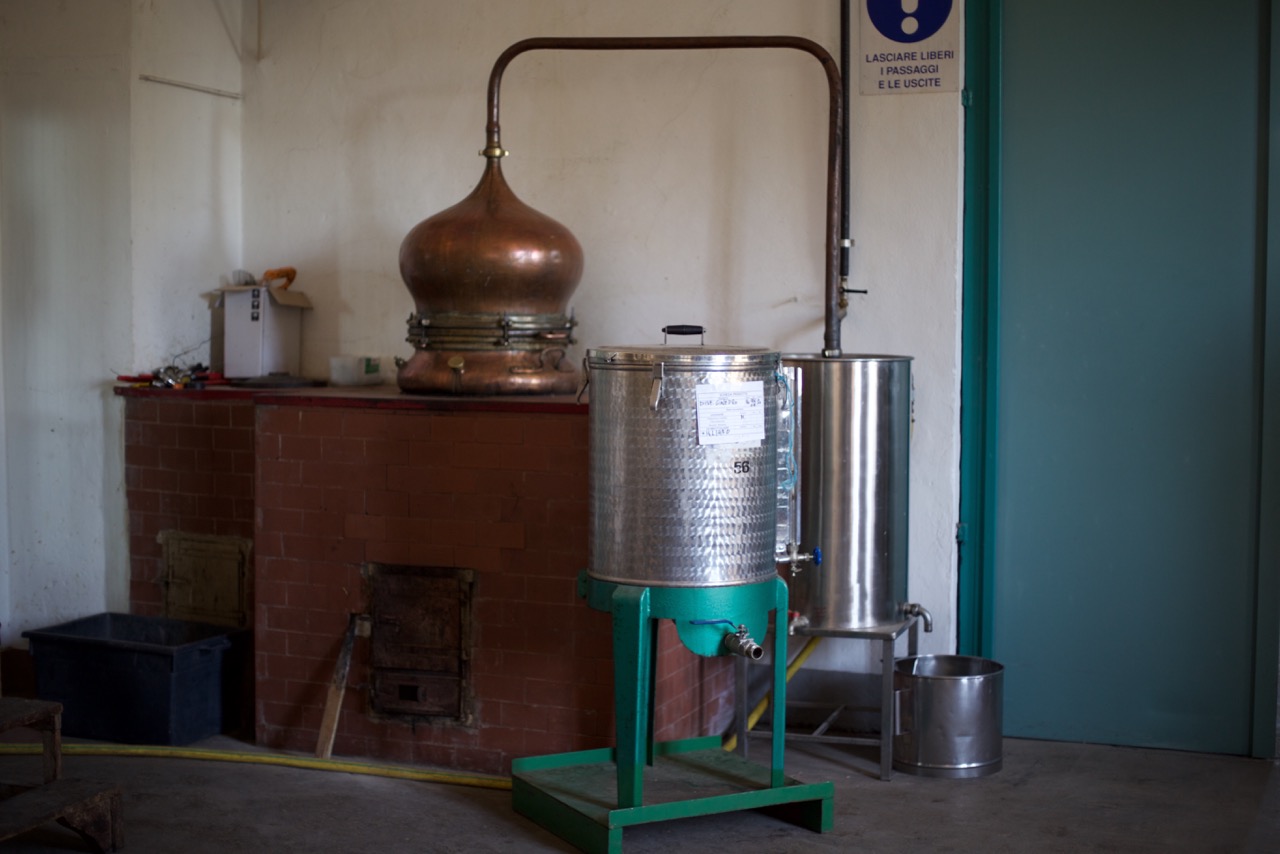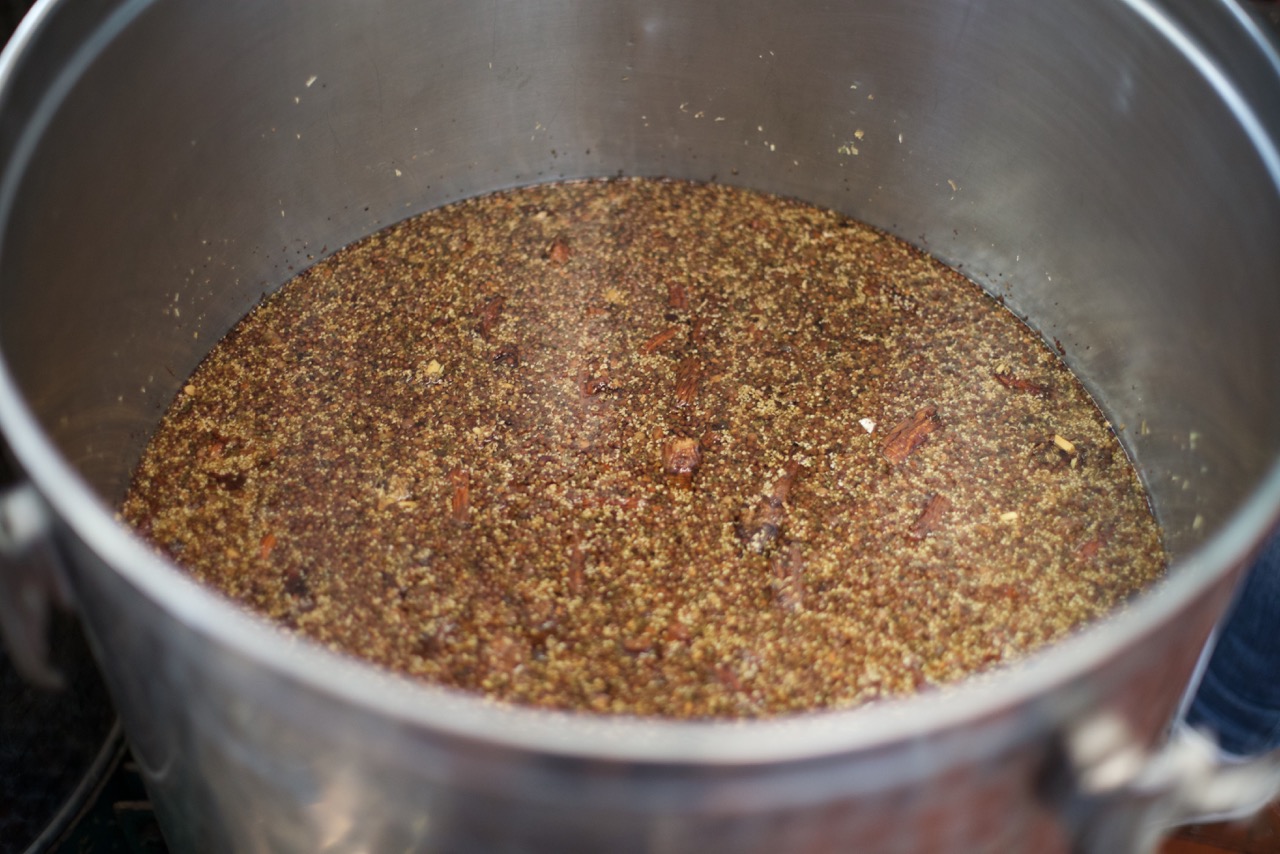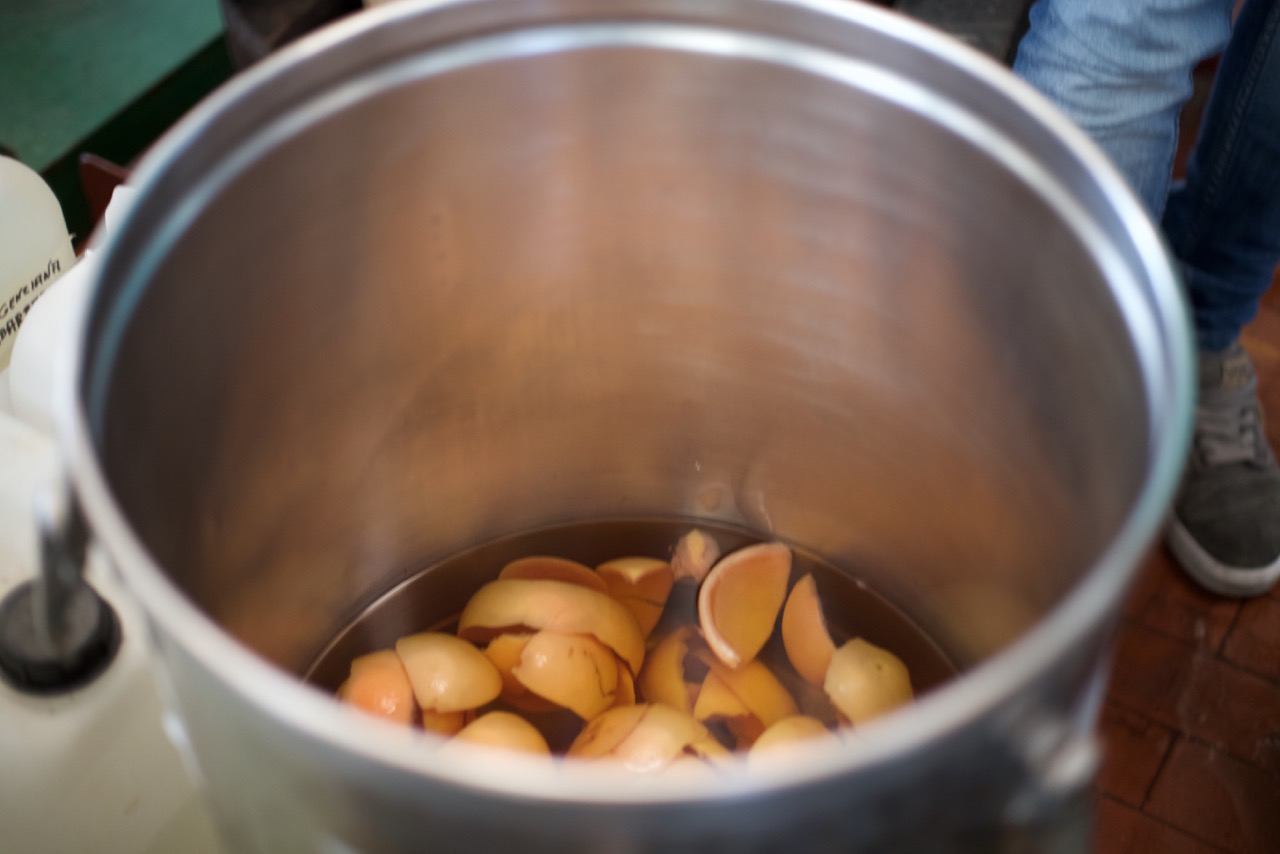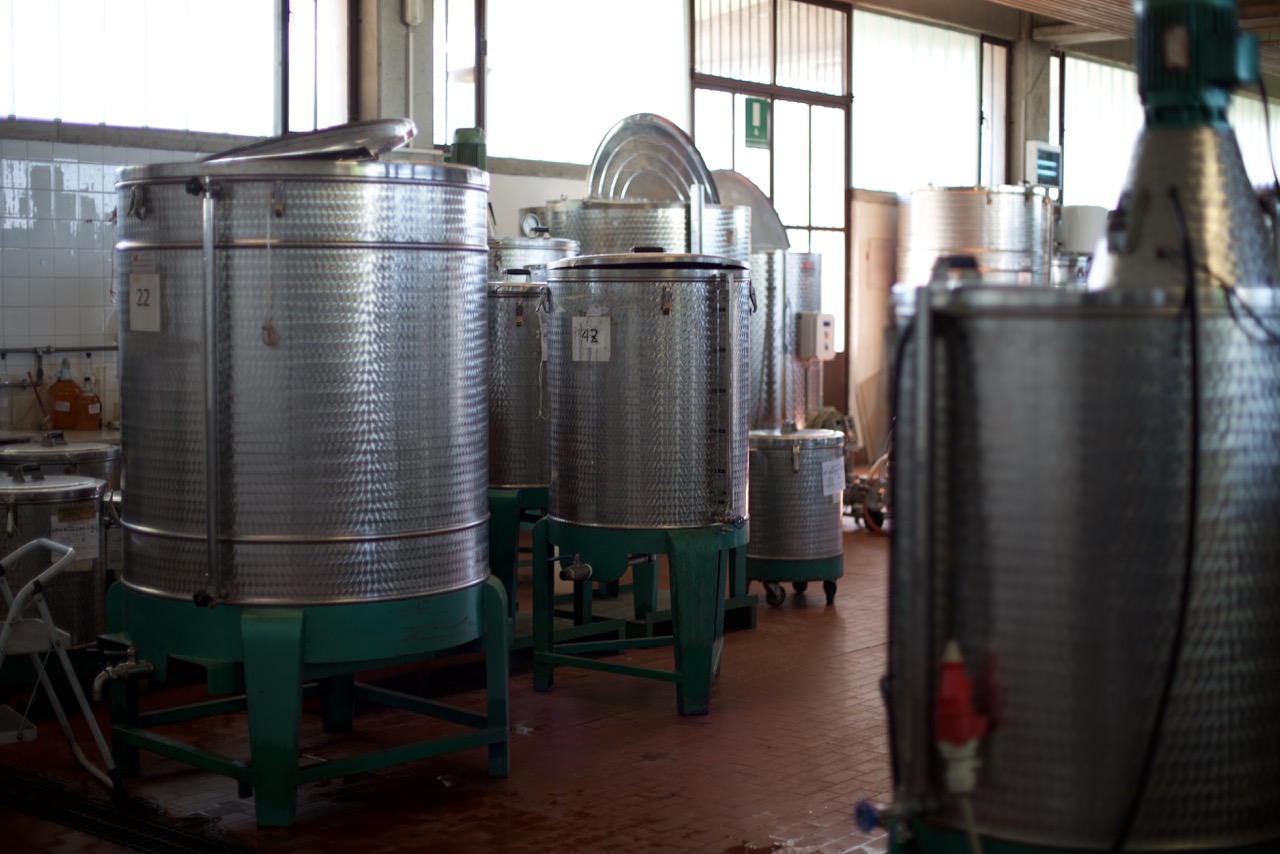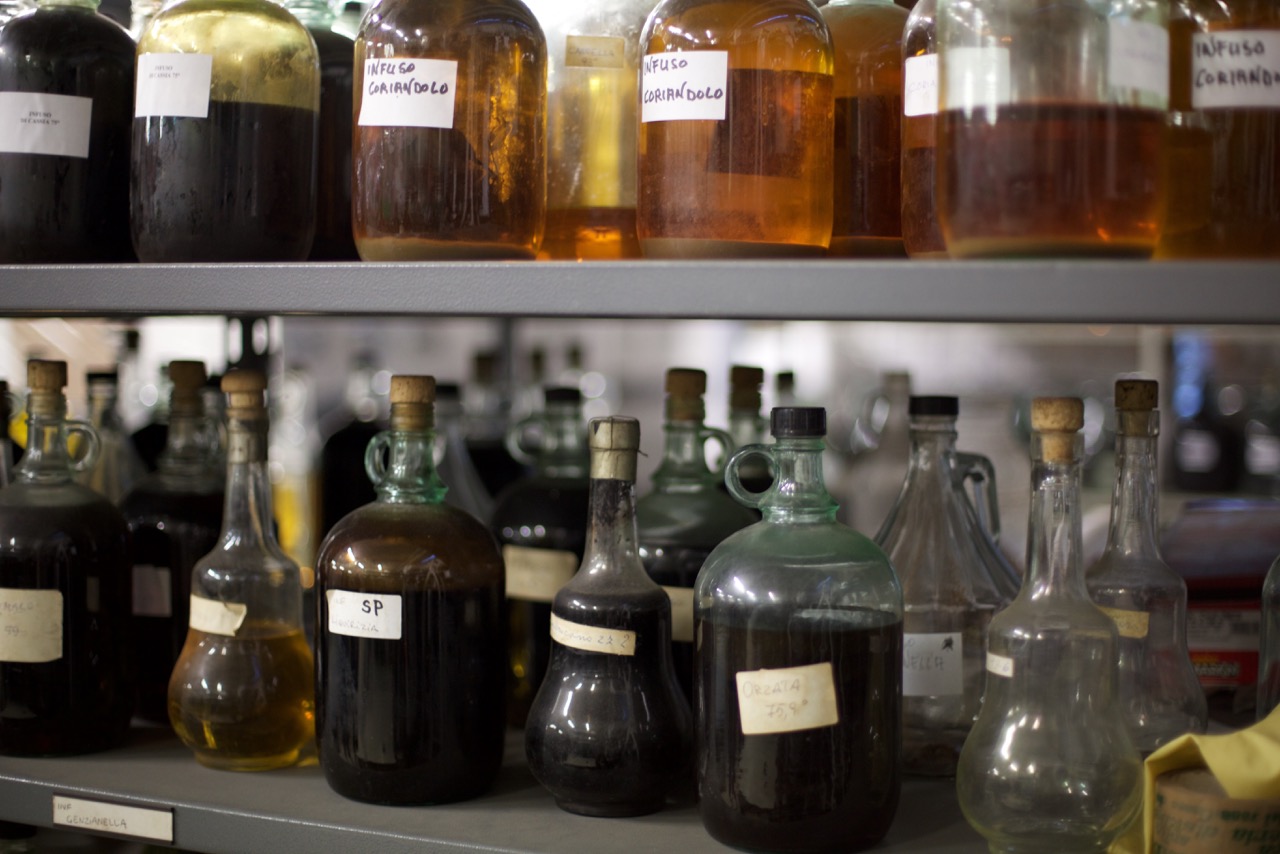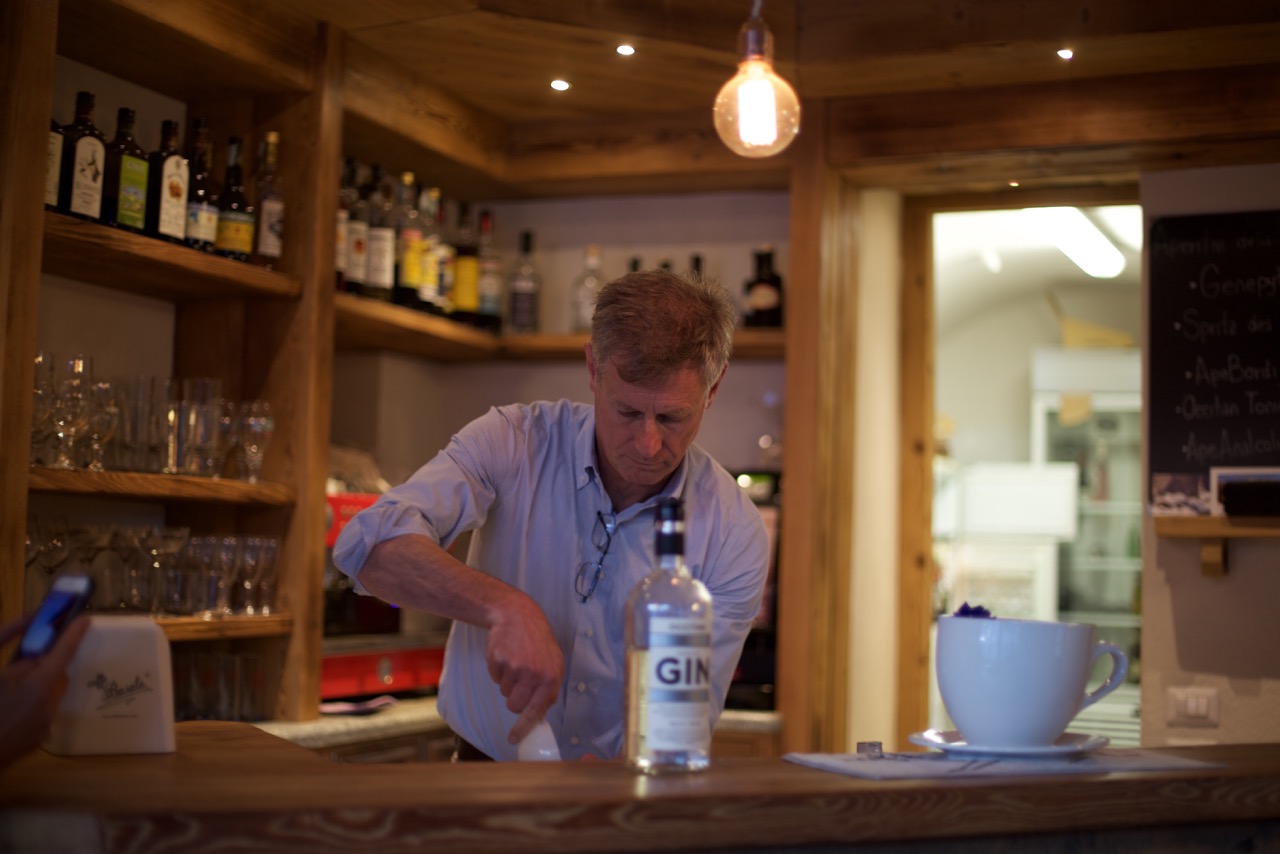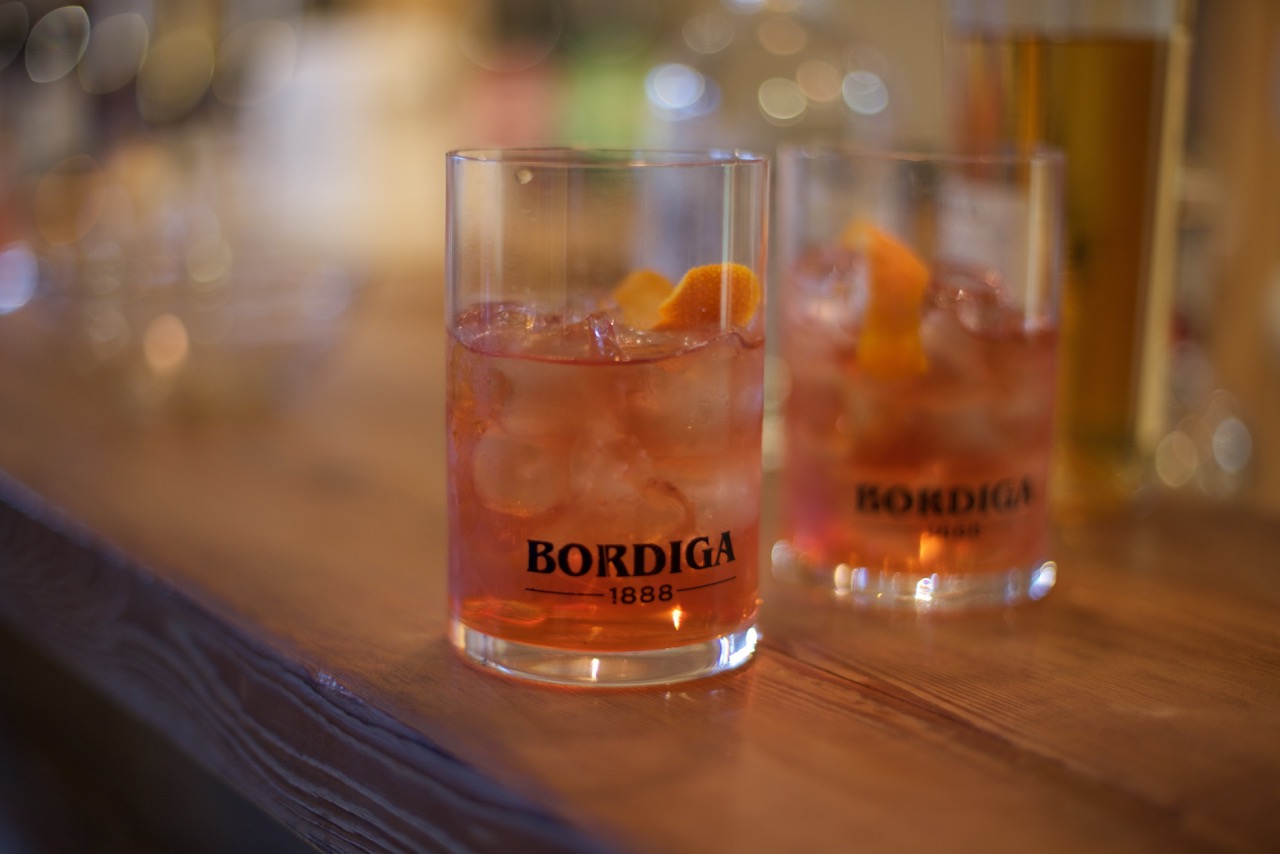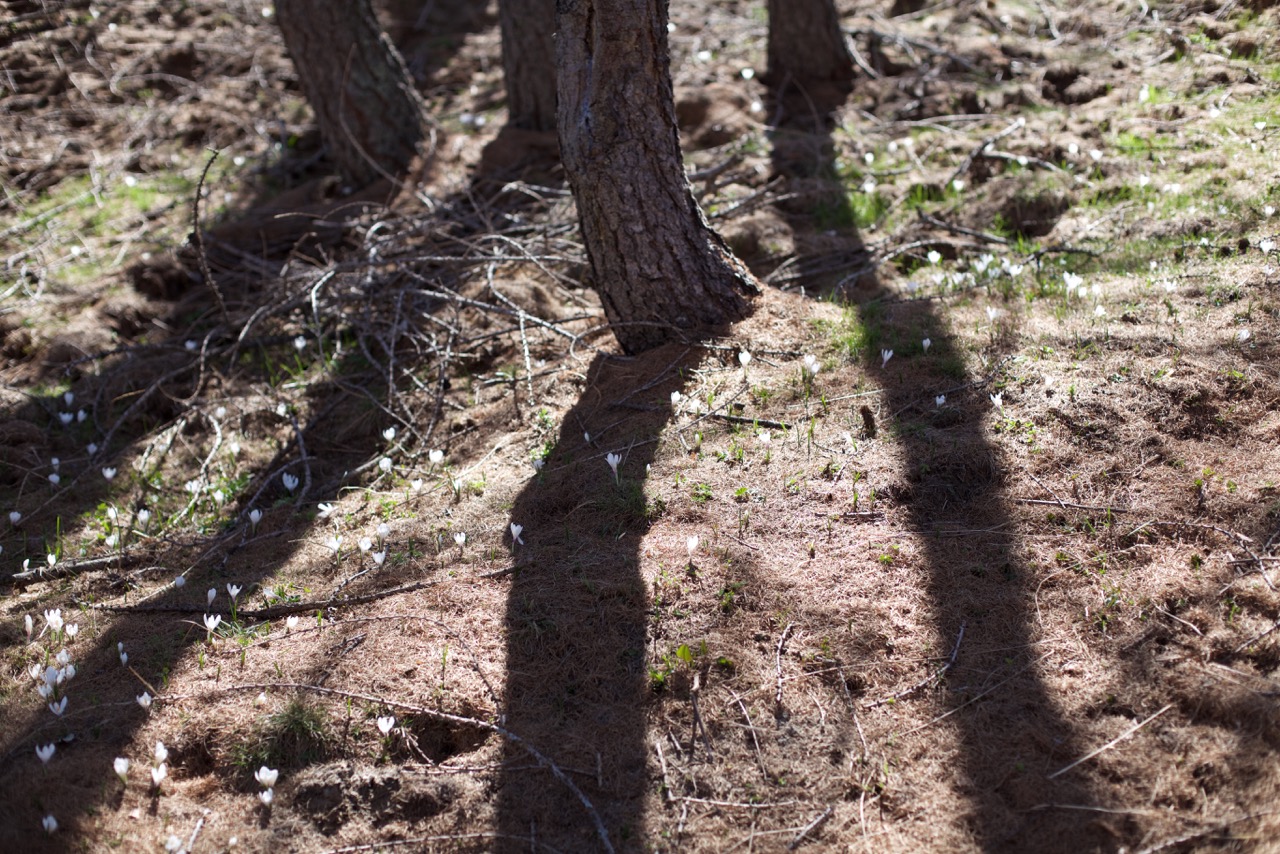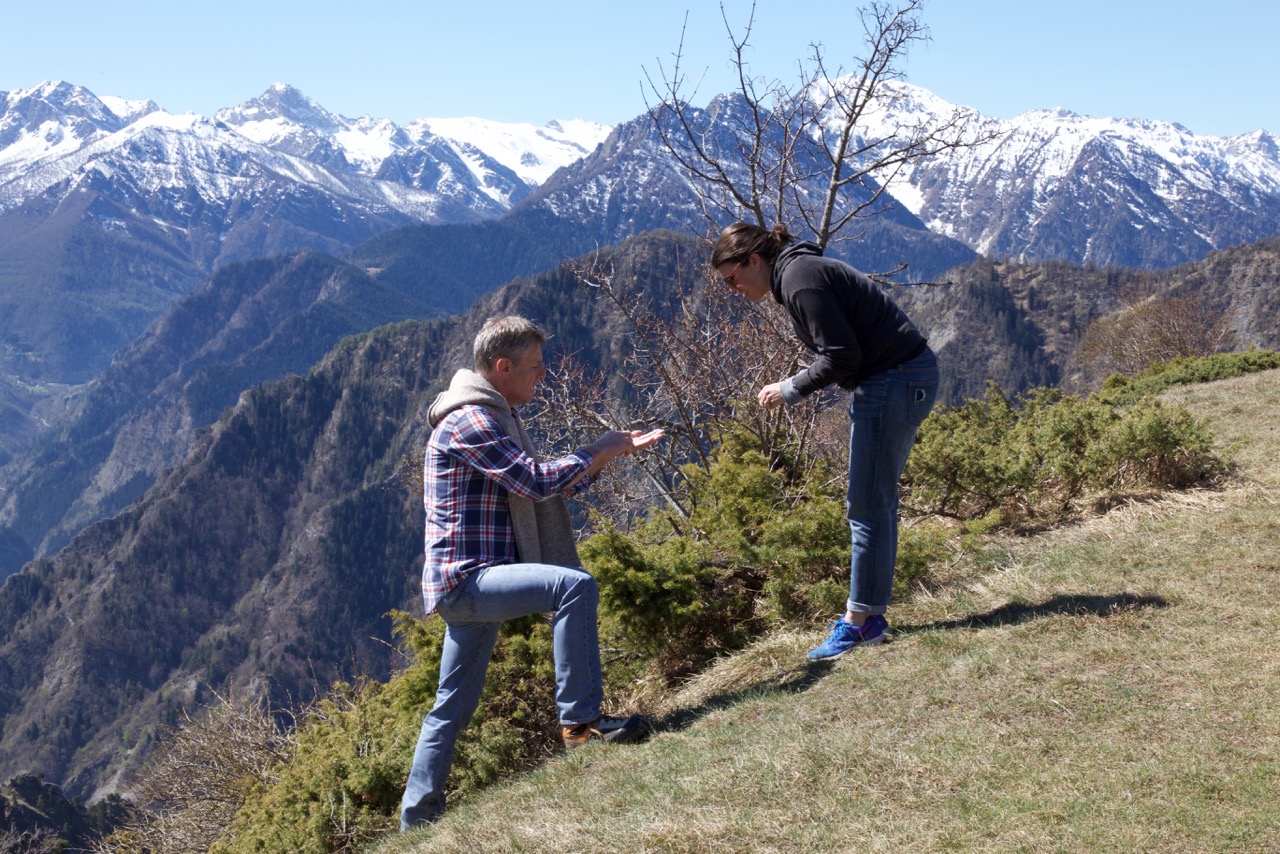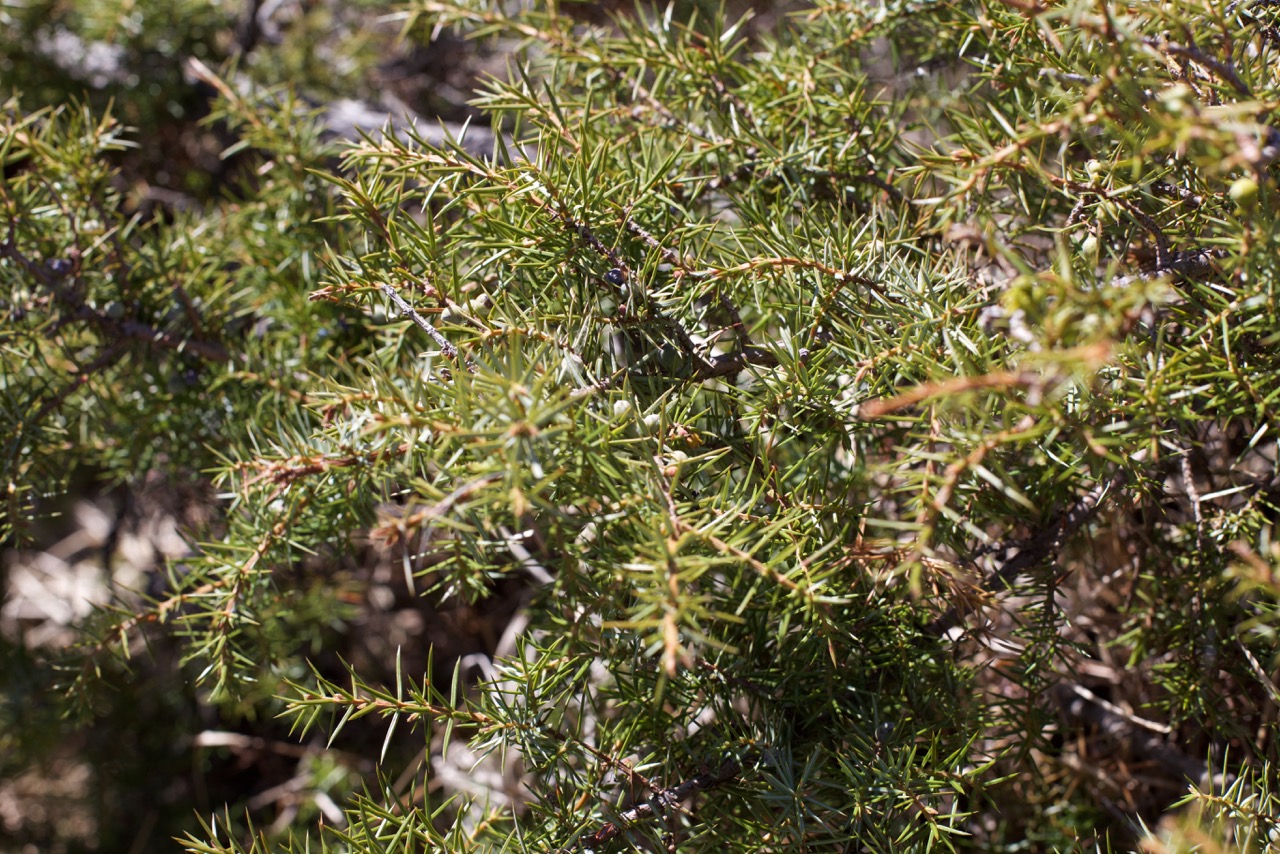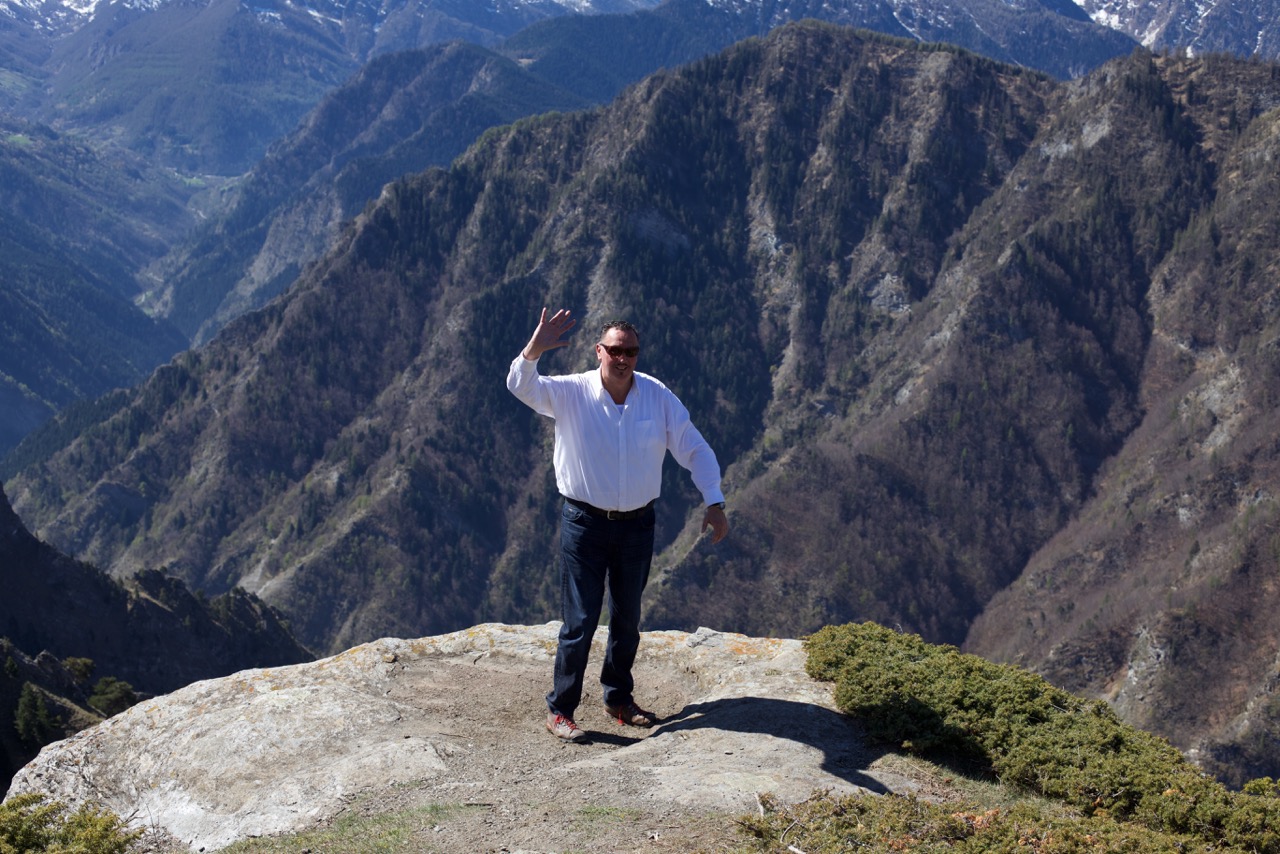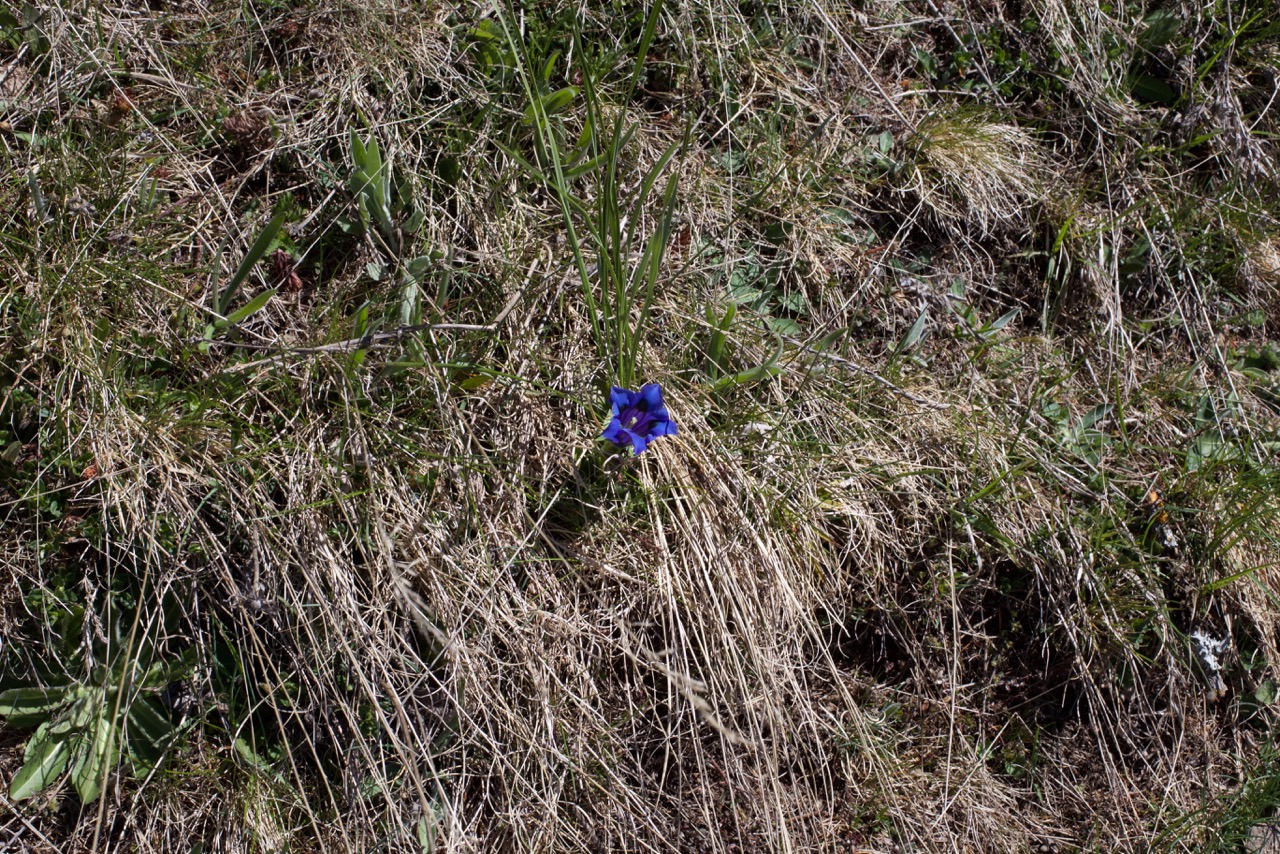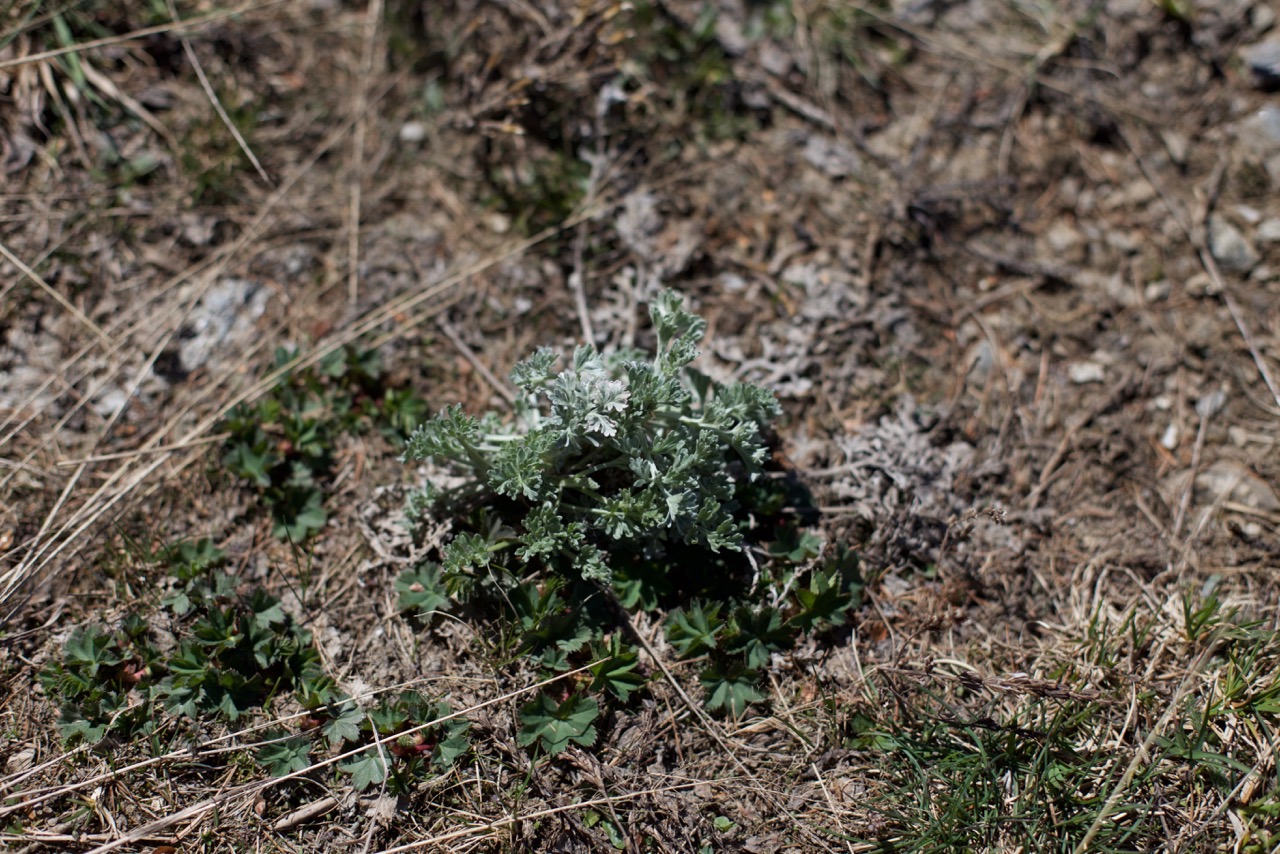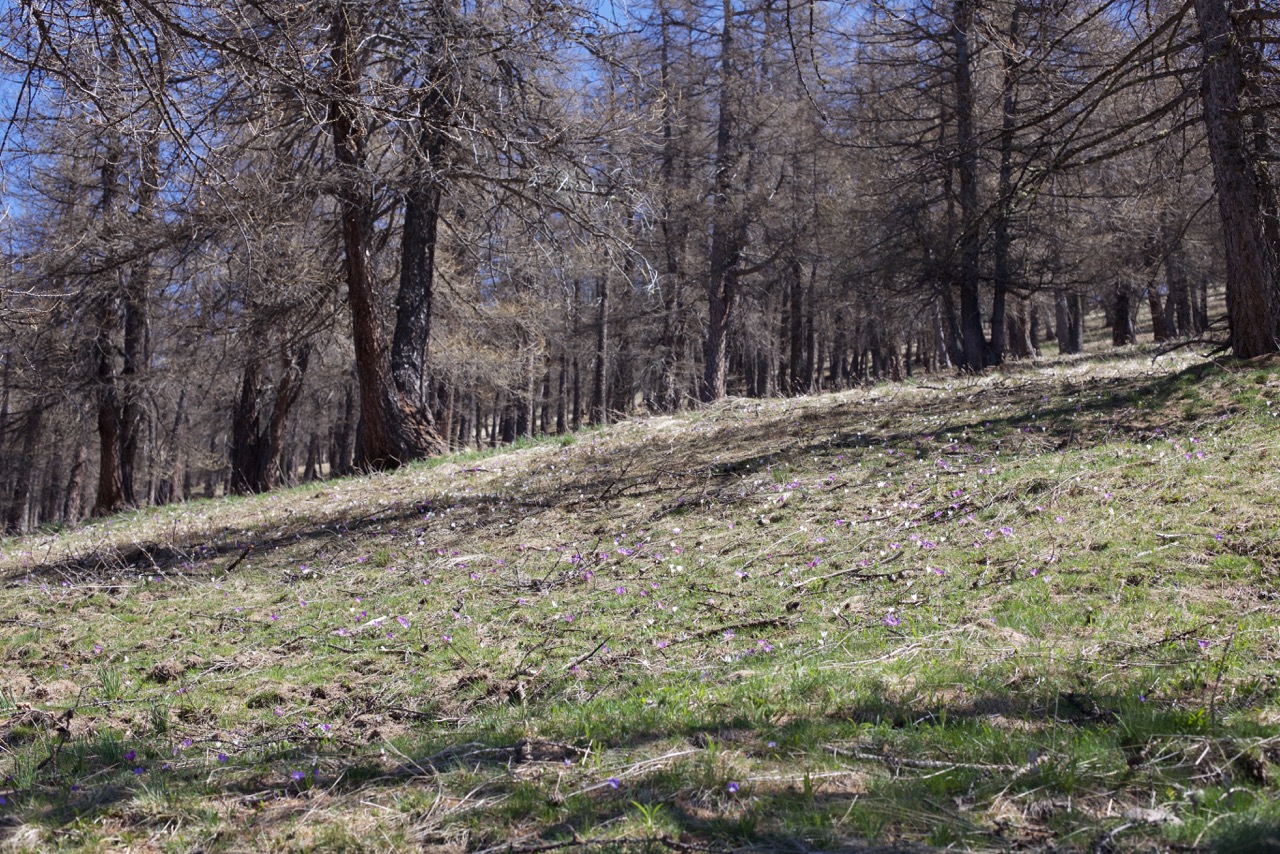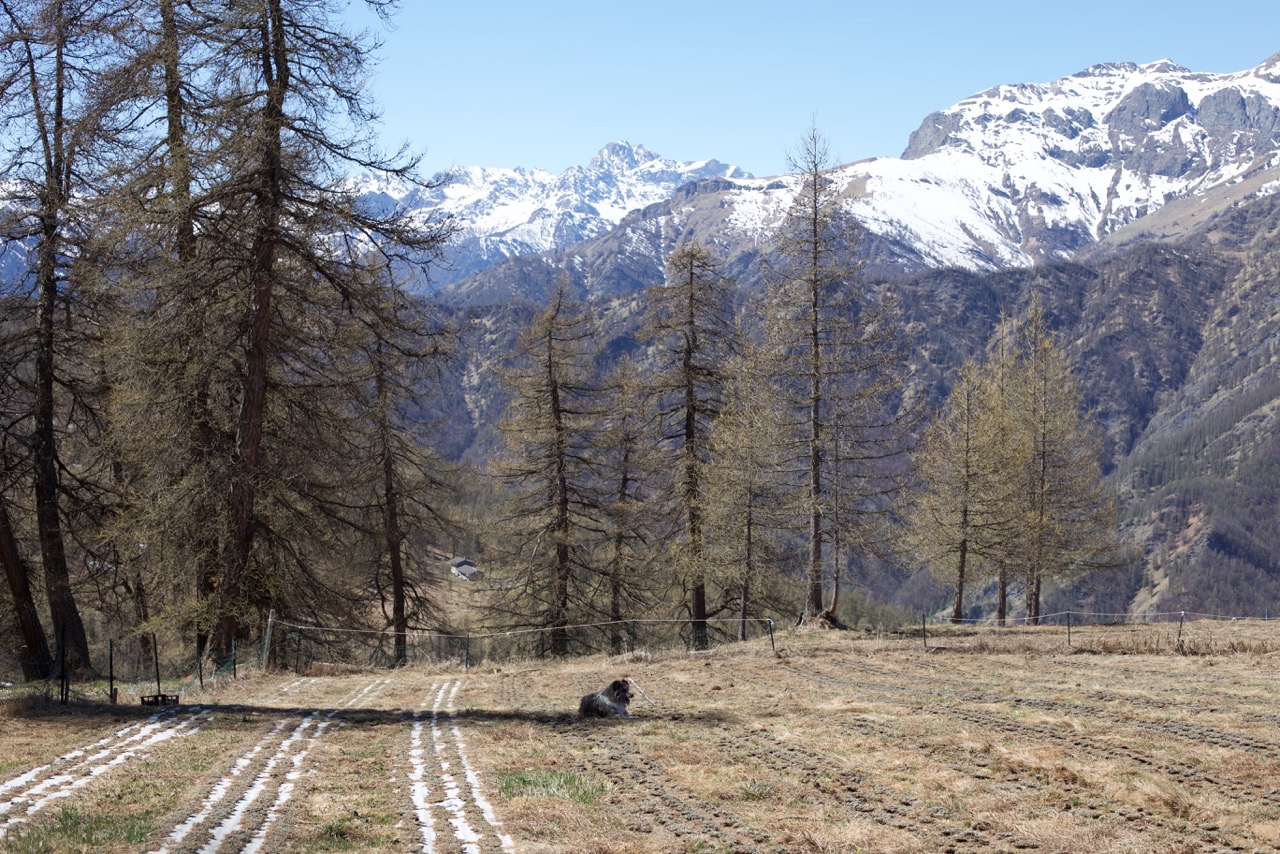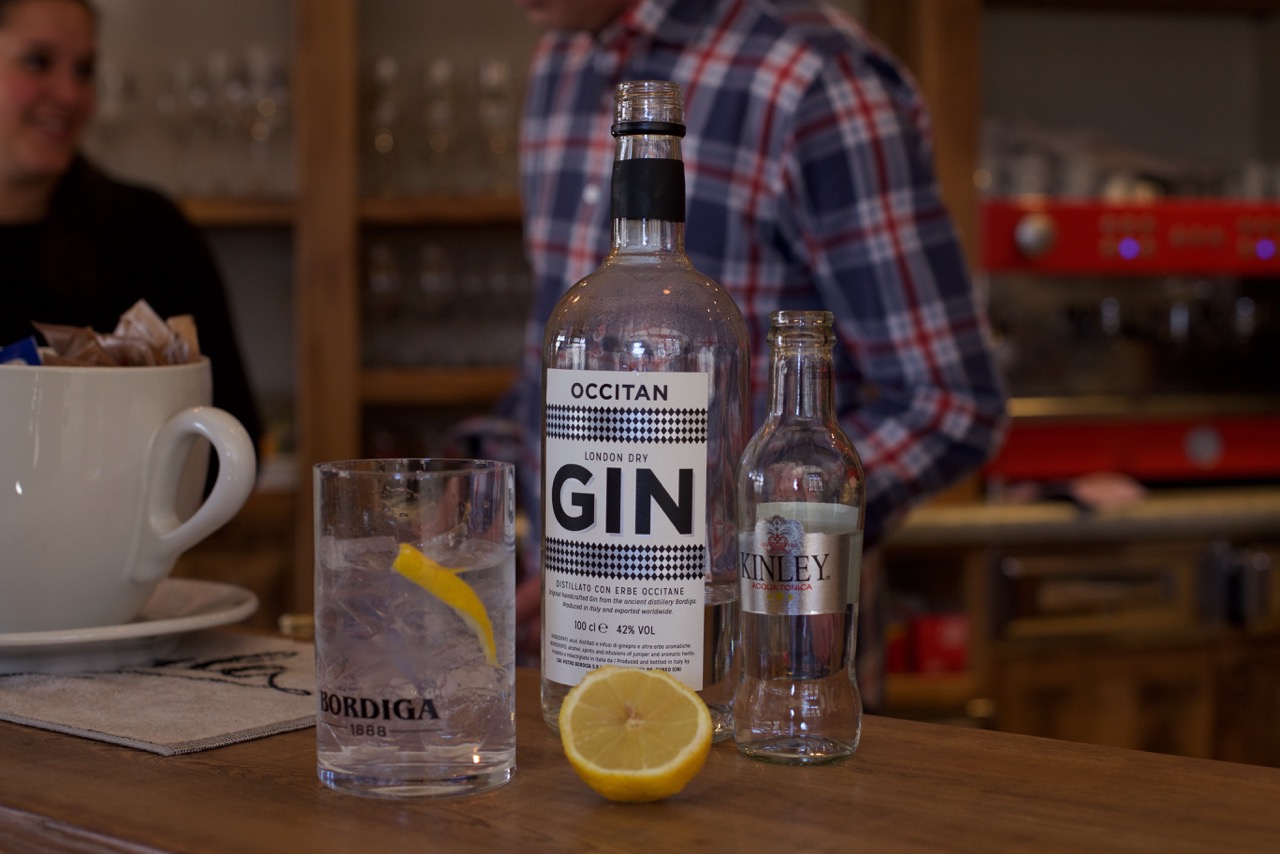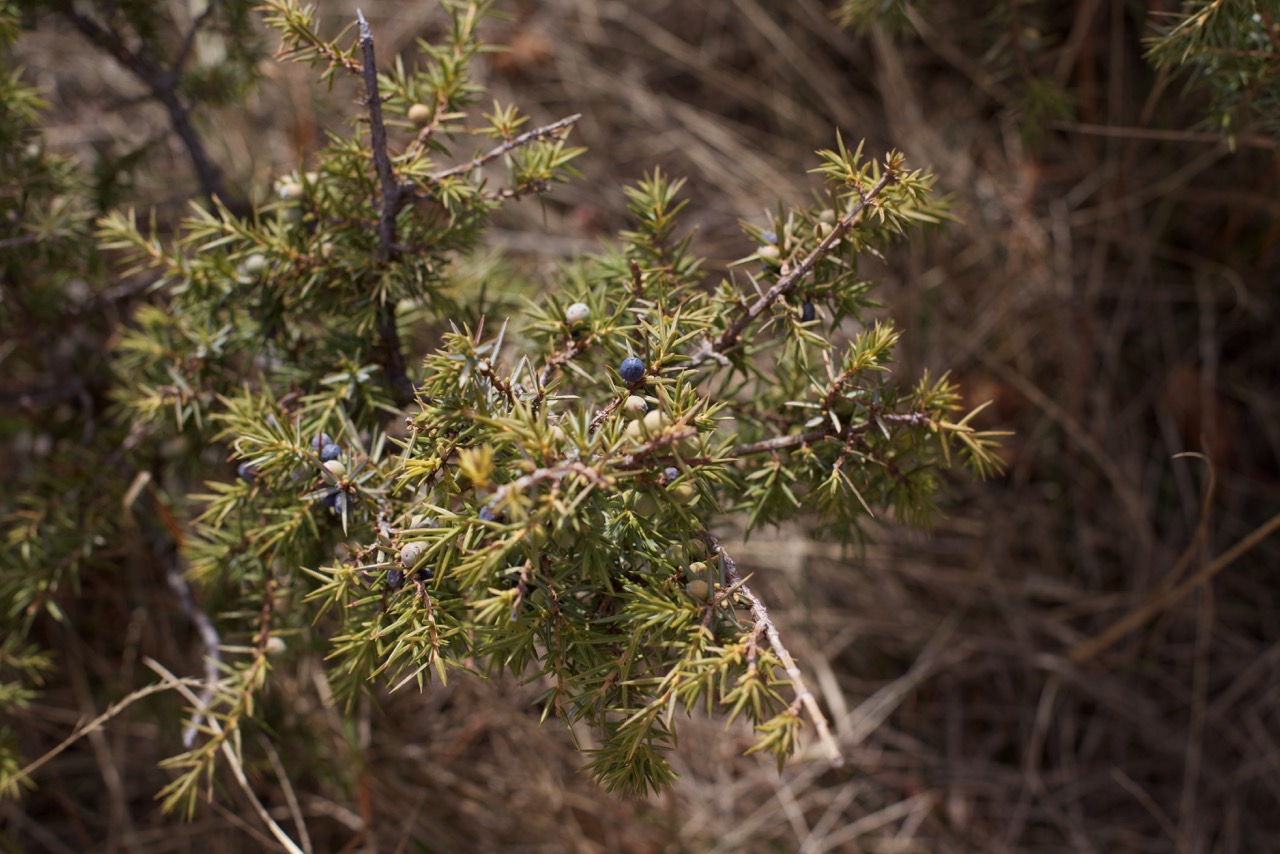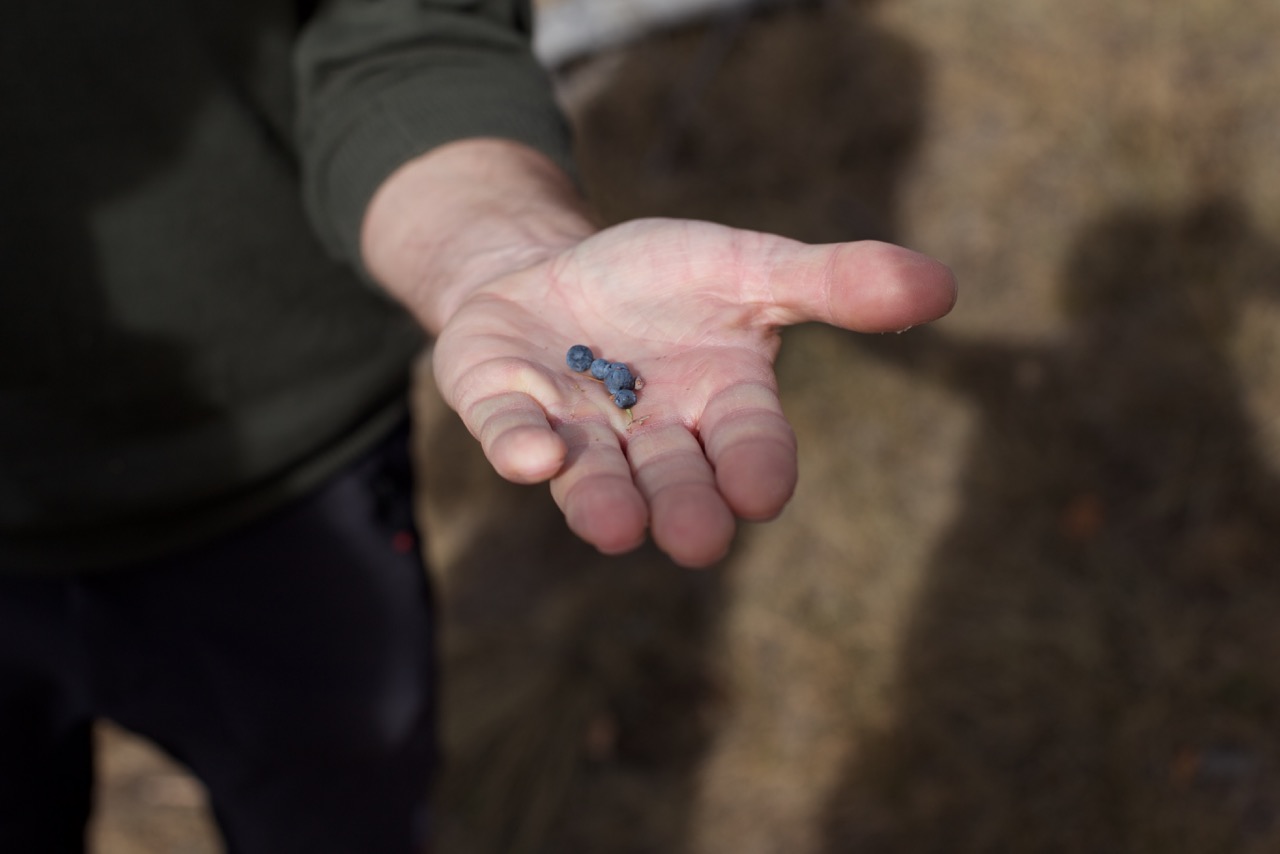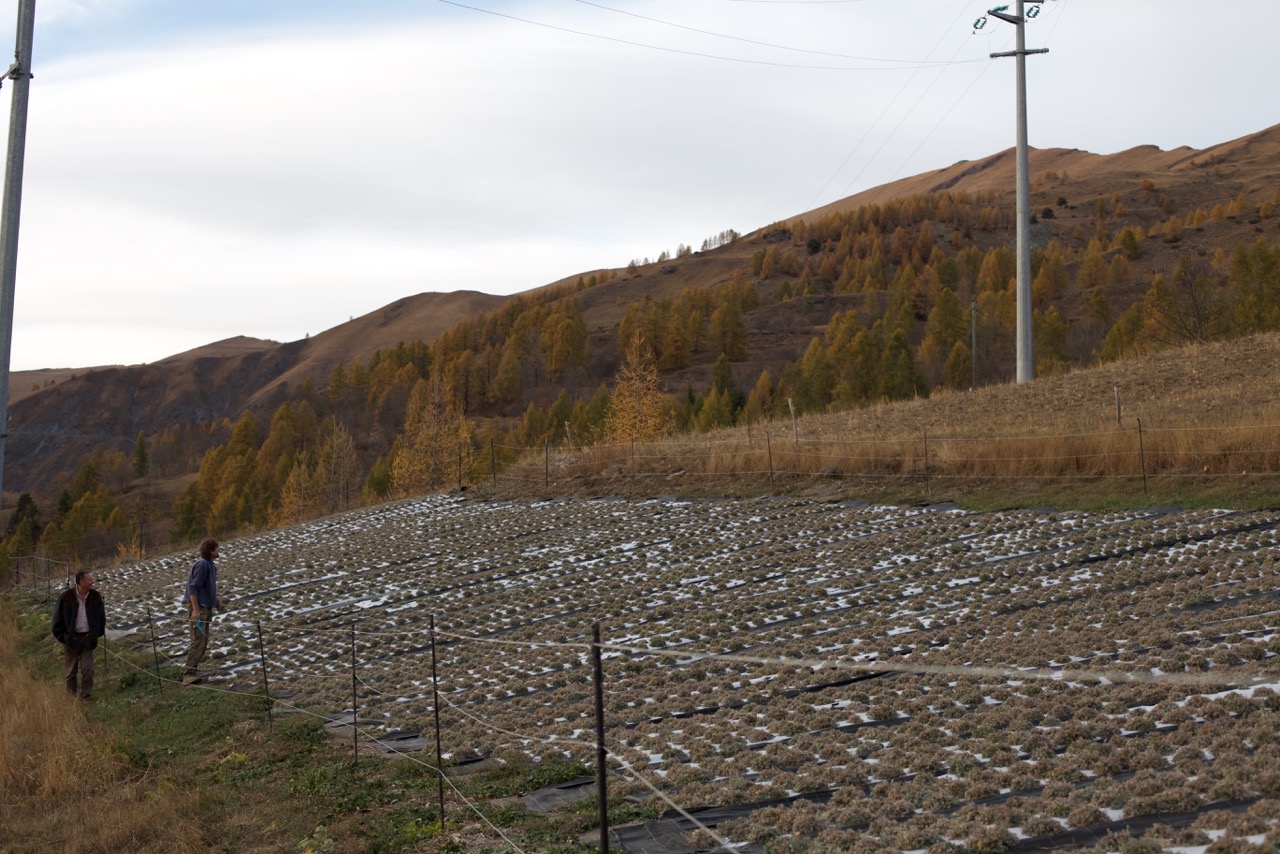Bordiga
_____________________________________________
Typical Piedmontese spirits
Locally foraged mountain herbs
Vermouth di Torino
____________________________________________
About Bordiga:
The Bordiga distillery was founded in 1888 by Pietro Bordiga, a passionate bartender and herbalist, who was living in the northern Italian city of Torino (Turin) at the foot of the Alps. Torino was, and still is home to a thriving cafe and theater culture and is also the birthplace of Vermouth di Torino. Using his knowledge of local botanicals and the extraction of essential oils, Pietro created a recipe for vermouth that is still used today. His vermouth was greatly appreciated and requested by bartenders and cafes throughout Torino, which led him to begin producing Vermouth commercially and opening the Bordiga Distillery.
He decided to locate his distillery in the small charming town of Cuneo where his family originated. Cuneo offered him a strategic position a little over an hour south of Torino, where he would deliver his goods, and also close to the *Occitan Alps, where he was sourcing his wild botanicals. The climate here, influenced both by the mountains and by proximity to the Mediterranean sea, creates herbs that are particularly rich in essential oils and aromas.
The distillery used to be in the historic heart of Cuneo, and was then moved to the road just outside town leading to the mountains, where it is now. At the heart of the building is the ancient copper pot-still that dates from 1888. Bordiga has continually produced their collection of vermouths, including the classic Vermouth di Torino; gin; and a number of herbal liqueurs and amari since 1888 using the original recipes (and the original recipe books!) developed by Pietro Bordiga. Unlike most of their commercial counterparts, they continue to make all their own infusions, and most of the wild plants they use, such as gentian, juniper, and chamomile, are still gathered in the Alps nearby.
When Pietro established the distillery he befriended and employed local ‘mountaineers’ whose livelihood for generations was based on foraging herbs. These relationships endured and over one hundred and twenty years later local mountaineers still pick the herbs for the Bordiga distillery. They know the intricacies of the seasons and terrain and hike to over 10,000 feet to pick each botanical at the time when the essential oils are the highest, resulting in the most flavorful infusions. While most of the botanicals used by Bordiga are handpicked in the Occitan Alps, not all botanicals are locally foraged. Some do not grow in Italy such as rabarbaro (Chinese rhubarb root), an important and traditional ingredient that was introduced to Italy through the spice trade and came through the local port of Genoa.
Bordiga does all their own botanical infusions and each botanical is infused separately. This is an important marker of quality - each botanical benefits from being macerated in alcohol at different degrees and for different lengths of time - and changes depending on the characteristics of each year’s crop. Some herbs are infused fresh and some dry. The resulting infusions are kept in a cellar under the distillery which includes an impressive library of botanical infusions that are used in varying quantities throughout their range of products.
We find the Bordiga products to be entirely traditional while also fitting squarely into the modern cocktail culture. Vermouth is still a standout in their lineup, and over the years they expanded into other traditional Italian spirits like gin, apertivi and amari. The products have an affinity for each other as you might expect - a Bordiga Negroni or Bordiga Last Word, for example, represent a synchronicity quite different from versions composed of spirits from different producers.
*‘Occitan’ is a language that originated in the Languedoc region of southwest France, and is still spoken in some of the isolated mountain valleys to the west of Cuneo, on the border with Provence.
_____________________________________________
Spirits:
Amaretto
The word ‘amaretto’ is a combination of ‘amaro’, which translates to bitter, and the -‘etto’ suffix which means ‘little’ (combined we get: ‘little bitter’). Bordiga’s amaretto recipe dates back to the early 1900s and they still use it to produce the current version. Importantly they are still working with natural botanicals and eschew artificial ingredients. The coloring is also natural; no caramel is used. Offers complexity on the palate leaning towards dried fruit, marzipan, vanilla, with a slight nutty, bitter finish.
Amaro Chiot ‘Monteamaro’
In the mountains of Piedmont, a ‘chiot’ is an alpine plateau with a hut, a refuge for shepherds or travelers. Bordiga’s Amaro Chiot is an alpine- style amaro; a refuge from the daily routine, excellent by itself after dinner in the traditional way and very good mixed, for example in an Americano. This is a traditional recipe and is thought to have been first produced by Bordiga in the 1930s.
As with all of Bordiga’s infusions, Chiot is made of actual botanicals, many of them foraged wild; after harvest the botanicals are dried at altitude in a dark, ventilated room naturally. They are then infused individually (for ideal extraction) in the distillery in Cuneo, then skillfully combined by the master distiller for a balanced aroma and flavor. In this case all the botanicals except for the genepy are foraged in the mountains that loom to the west of the distillery, on the border of France; the genepy (being a protected plant) is cultivated and hand-picked in the mountains. The Bordiga distillery uses no purchased extracts, no centrifuge or ultrasound to speed up the extraction, no solvents; compared with more commercial examples this entirely natural, traditional amaro shows outstanding depth of flavor and persistence.
Genepy gives an exclusive herbal and floral sensation, yarrow gives the typical herbal taste, gentian a touch of bitterness, and thyme and mint a soft mentholated taste.
On our Arbitrary Bitterness Scale (1 being very sweet and 10 very bitter) Chiot is 5/10.
amaro dilei
Originally made for the Café Dilei, a famous spot in Turin (no longer in business). The son of Bordiga’s founder, Pietro Bordiga, was married to the daughter of the owner of Dilei, and this amaro has been made by Bordiga since shortly after the distillery was founded in 1888.
As with all of Bordiga’s infusions, Dilei is made of actual botanicals, many of them foraged wild; after harvest the botanicals are dried at altitude in a dark, ventilated room naturally. They are then infused individually (for ideal extraction) in the distillery in Cuneo, then skillfully combined by the master distiller for a balanced aroma and flavor. In this case all the botanicals except for the genepy and the cinchona are foraged in the mountains that loom to the west of the distillery, on the border of France. The genepy (being a protected plant) is cultivated and hand- picked in the mountains, and the cinchona comes from South America. (The cinchona tree is the original source of quinine, and the original anti-malarial drug, as well as a classic amaro bittering agent.) Modern techniques such as centrifuging, ultrasound or the use of chemical solvents to speed up extraction are never employed. No purchased extracts are used.
This is an alpine style amaro, mint and thyme being prominent; the balancing bitterness is provided by the two different gentians and by cinchona. The classic alpine botanical genepy gives a floral background note.
On our Arbitrary Bitterness Scale, where 1 is most sweet and 10 is most bitter, this is a 6/10.
amaro st. hubertus
St. Hubertus is the patron saint of hunters, hence the chamois deer on the label of this Riserva amaro. (Chamois are found in the Piedmontese Alps where many of the botanicals grow.) Relatively high in alcohol and decisively bitter (8/10 on our Arbitrary Bitterness Scale), the classic alpine combination of mint followed by a hint of licorice is elaborated with a host of other botanicals including dried mushrooms, turmeric, dandelion root, masterwort, and others. This is a bold, classic alpine amaro that works perfectly as a traditional digestivo after a meal but is also excellent in cocktail combinations. First produced in the 1920’s.
As with all of Bordiga’s infusions, St. Hubertus is made of actual botanicals, some of them foraged wild in the mountains near the distillery. After harvest the botanicals are dried at altitude in a dark, ventilated room naturally. They are then infused individually (for ideal extraction) in alcohol in the distillery in Cuneo, then skillfully combined by the master distiller for a balanced aroma and flavor. Water and sugar are added; after resting for several weeks the amaro is filtered and bottled. Modern techniques such as centrifuging, ultrasound or the use of chemical solvents to speed up extraction are never employed. No purchased extracts are used.
Distillery notes: imperatria and liquorice give the unmistakable taste and natural sweetness, the two gentians give bitterness, colomb gives a dry taste. White mastic mushrooms add umami and texture.extra dry Vermouth
Aperitivo
Aperitivo is a style of bitter liqueur that is relatively low in alcohol (16% by volume), moderately bitter, and moderately sweet. Bordiga’s artisanal version is made entirely in their distillery, with no purchased infusions; the best-known commercial example of the Aperitivo style is Aperol.
The predominant flavors of Bordiga’s Aperitivo are aromatic herbs, citrus (mostly bitter orange peel) and rhubarb (Chinese rhubarb root). It is used in a number of classic Italian aperitifs, such as the Spritz (three parts Prosecco, two parts Aperitivo, one part soda water, over ice) or by itself with a splash of soda water.
BITTER
Bitter is a style of bitter liqueur that is a little higher in alcohol than the Aperitivo (21% by volume), more bitter, and less sweet. Bordiga’s artisanal version is made entirely in their distillery, with no purchased infusions; the best-known commercial example of the Bitter style is Campari.
The predominant flavors of Bordiga’s Bitter Rosso are citrus with both gentian flower and gentian root. It is used in classic cocktails such as the Negroni and the Americano, and is delicious by itself with a splash of soda.
CENTUM HERBIS HERBAL LIQUEUR
This historic Alpine recipe has been produced in Bordiga since the foundation in 1888. ‘Centum Herbis’ means ‘100 Herbs’ in Latin, and this is Bordiga’s version of a mixed herbal liqueur, a drink that is found on both sides of the Piedmontese Alps. Not 100 herbs, but many, and mostly local, which is to say grown in these mountains that loom on the border of Piedmont and France, not far from the distillery. Although this contains a hint of the classic local bitter herbs gentian and wormwood, this is not an amaro. And while mint is the leading ingredient this is a very complex combination of flavors; we find it an excellent digestive after dinner but also very versatile in cocktail combinations and subs well for Chartreuse.
As is traditional, all the local botanicals are grown at altitude, harvested by hand by local foragers, and dried at altitude in a dark, ventilated room. When ready, the local and imported botanicals are infused individually in alcohol until the different infusions are complete, then combined by Mario, the master distiller. (This is made mostly of local herbs.) Water and sugar are added; after resting for several weeks the liqueur is filtered and bottled. Modern techniques such as centrifuging, ultrasound or the use of chemical solvents to speed up extraction are never employed. No purchased extracts are used.
Peppermint and eucalyptus give the mentholated taste, genepy gives an exclusive herbal and floral sensation, the two gentian and cinchona give the bitterness.
On our perceived bitterness lever, scale of 1-10: Centum Herbis is a 6 (1 = really bitter 10 = sweet).
maraschino
Maraschino has been produced since the beginnings of the Bordiga distillery and was one of the first products Pietro bottled. They continue to use the same recipe which includes both Maraska and Amarena cherries. Both are produced locally, farmed organically, and hand harvested. It is important to have a local source for such a delicate fruit because the minimal travel time ensures the cherries are fresh, intact, and not bruised. The condition of the fruit is key because it makes up over 91% of the total infusion. Bordiga uses the fruit and kernels (the inside of the pits which are crushed) from both of the cherries, and some leaves from the amarena variety. The remaining 8-9% of the infusion comes from Madagascar vanilla beans.
The cherry and vanilla bean botanicals are infused individually in alcohol until the different infusions are complete - about 30 days - then combined by Mario, the master distiller. Water and sugar are added and the liqueur is filtered and bottled. Modern techniques such as centrifuging, ultrasound, or the use of chemical solvents to speed up extraction are never employed. No purchased extracts nor colorants are used.
The Bordiga Maraschino is a dead ringer for the category and tastes of vanillin, marmalade, and toffee, with a nutty finish. This has ‘classic cocktail ingredient’ written all over it - think Aviation, Martinez, and Hemingway Daquiri.
Occitan Gin
Gin was first made by Bordiga in 1889, and this gin is made from the original Bordiga recipe. Only four main botanical flavors are used, some from the Occitan* Alps, hence the name. The four are angelica, juniper, cardamom and a secret ingredient (with traces of orange and lemon peel). Occitan Gin has traditionally been made exclusively from juniper that grows wild (not cultivated) in the Maritime Alps, near Cuneo, which are some of the highest mountains in Europe. This combination of altitude and maritime influence enriches the essential oils of the juniper berries grown here, giving them a unique flavor; the berries are picked by hand. The different botanicals are macerated separately in triple-distilled grain alcohol, then distilled before being bottled.
Juniper, traditionally the most important botanical in Gin, has been used for centuries in Piedmont to make non-alcoholic remedies for digestive and other health problems. A distillation of juniper has been made by Bordiga since the founding of the distillery in 1888, and gin as such was sold from the early part of the 20th century, although the word ‘gin’ was banned by the fascists as foreign (even the word ‘vermouth’ had to be Italianised as ‘Vermut’). This is not a new marketing effort, in other words.
*‘Occitan’ is a language that originated in the Languedoc region of southwest France and is still spoken in some of the isolated mountain valleys to the west of Cuneo, on the border with Provence.
_____________________________________________
vermouths:
Intro to Vermouth & Vermouth di Torino
Vermouth is an 'aromatized wine,' a wine that has been infused with herbs and blended with a proportion of alcohol. The word ‘vermouth’ is a corruption of the German word (‘wermut’) for the bitter herb wormwood (Artemisia Absinthium), which is still part of the botanical base of vermouth, although regulated by the US government. The original classic areas for the production of vermouth were in Chambéry in France, and in Piedmont, south of Turin, both part of the historic duchy of Savoy.
Requirements for Vermouth di Torino:
Must be made in Piedmont.
Must be made entirely from Italian wine with the addition of alcohol.
Must be flavored mainly with Artemisia (wormwood) grown or gathered in Piedmont together with other herbs and spices.
Must be bottled between 16% and 22% ABV.
Sugar, grape must, caramelized sugar, and honey are all allowed for sweetening.
Extra Dry = sugar content below 30 grams per liter.
Dry = sugar content below 50 grams per liter.
Sweet = sugar content equal to or greater than 130 grams per liter.
Vermouth di Torino Superiore must be greater than 17% ABV and at least 50% of the base wines and herbs, besides Artemisia, must be grown in Piedmont.
Vermouth di torino bianco
This classic vermouth type is based on Piedmontese white wines, including Moscato and Cortese, and infused with a wide range of different botanicals, many of them grown in the Occitan Alps near the winery. The flavor of this vermouth is complex and vivid, with an excellent balance of sweetness and bitterness. Some vermouths taste strongly of a single botanical, but the interplay of components here is distinctive and delicious. We drink it with a splash of soda water as an aperitivo, and you should too.
Half bottles are ideal for home use, to make sure the vermouth stays fresh. Keep refrigerated once opened.
VERMOUTH DI TORINO EXTRA DRY
This classic vermouth is based on Piedmontese white wines, roughly 1/3 Moscato, the remainder Trebbiano and Cortese. Twenty-five botanicals are used, many grown in the Occitan Alps near the distillery; the primary ones are wormwood, dittany, elderflower, cinchona bark, quassia, orange peel, angostura bark, wild thyme, gentiana acaulis, pepper, and pomegranate. The botanicals are individually infused in pure alcohol derived from wheat, so that the extraction of each component is correct. (No purchased infusions are used.) These infusions are combined, and then blended with the different wines, and sugar is added. After cold stabilization and filtration, the vermouth is bottled; after resting for another few weeks it is ready to be sold.
This is the classic vermouth for the Martini, and many other cocktails; and is also excellent in some savory dishes, such as risotto, or sautéed vegetables, such as carrots. For some other ideas, go here.
Half bottles are ideal for home use, to make sure the vermouth stays fresh. Keep refrigerated once opened.
VERMOUTH DI TORINO ROSSO
This classic vermouth is based on both white and red wine (sweet vermouth is often made of white wine only, the color coming from caramel). The red is Nebbiolo, the white varieties are Moscato, Cortese, and Trebbiano. About 25 botanicals are used, many grown in the Occitan Alps near the distillery; the principal ones being wormwood, dittany, elderflower, cinchona bark, quassia, orange peel, Gentiana Acaulis flowers, cardamom, yarrow, and saffron.
The botanicals are individually infused in pure alcohol derived from wheat so that the extraction of each component is correct. (No purchased infusions are used.) These infusions are combined, and then blended with the different wines, and sugar is added. After cold stabilization and filtration, the vermouth is bottled; after resting for another few months it is ready to be sold.
This excellent sweet vermouth can be drunk as an aperitivo on the rocks or with soda and will transform your Negroni or Manhattan.
Half bottles are ideal for home use, to make sure the vermouth stays fresh. Keep refrigerated once opened.
VERMOUTH DI TORINO ‘EXCELSIOR’ RISERVA
This is the finest vermouth that Bordiga produces, thought to have been first produced in 1900-1910.
Similar in style to the regular Vermouth Rosso from Bordiga, but made with 30% Barolo, the famous red wine that comes from the Langa region not far from Cuneo. (Most ‘red vermouth’ is made of white wine with caramel coloring.) Some aromatic white Moscato is also used, and some white Trebbiano. The Barolo is aged in large barrels for three years before being transformed into vermouth. The primary botanicals used are wormwood, dittany, elderflower, chinchona bark, quassia bark, orange peel, gentiana lutea root, anise, Bourbon vanilla from Madagascar, and Gentiana Acaulis flowers. Wormwood, Elderflower, and both gentians are wild foraged in the Alps west of the distillery; the only local herb that is cultivated is artemisia mutellina, known locally as ‘genepy,’ which is a protected plant.
The botanicals are individually infused in pure alcohol derived from wheat so that the extraction of each component is correct. (No purchased infusions are used.) These infusions are combined, and then blended with the different wines, and sugar is added. After cold stabilization and filtration, the vermouth is bottled; after resting for another few months it is ready to be sold. Each batch is only 2,000 liters.
This outstanding sweet vermouth can be drunk as an aperitivo on the rocks or with soda and will transform your Negroni or Manhattan.
Keep refrigerated once opened.
